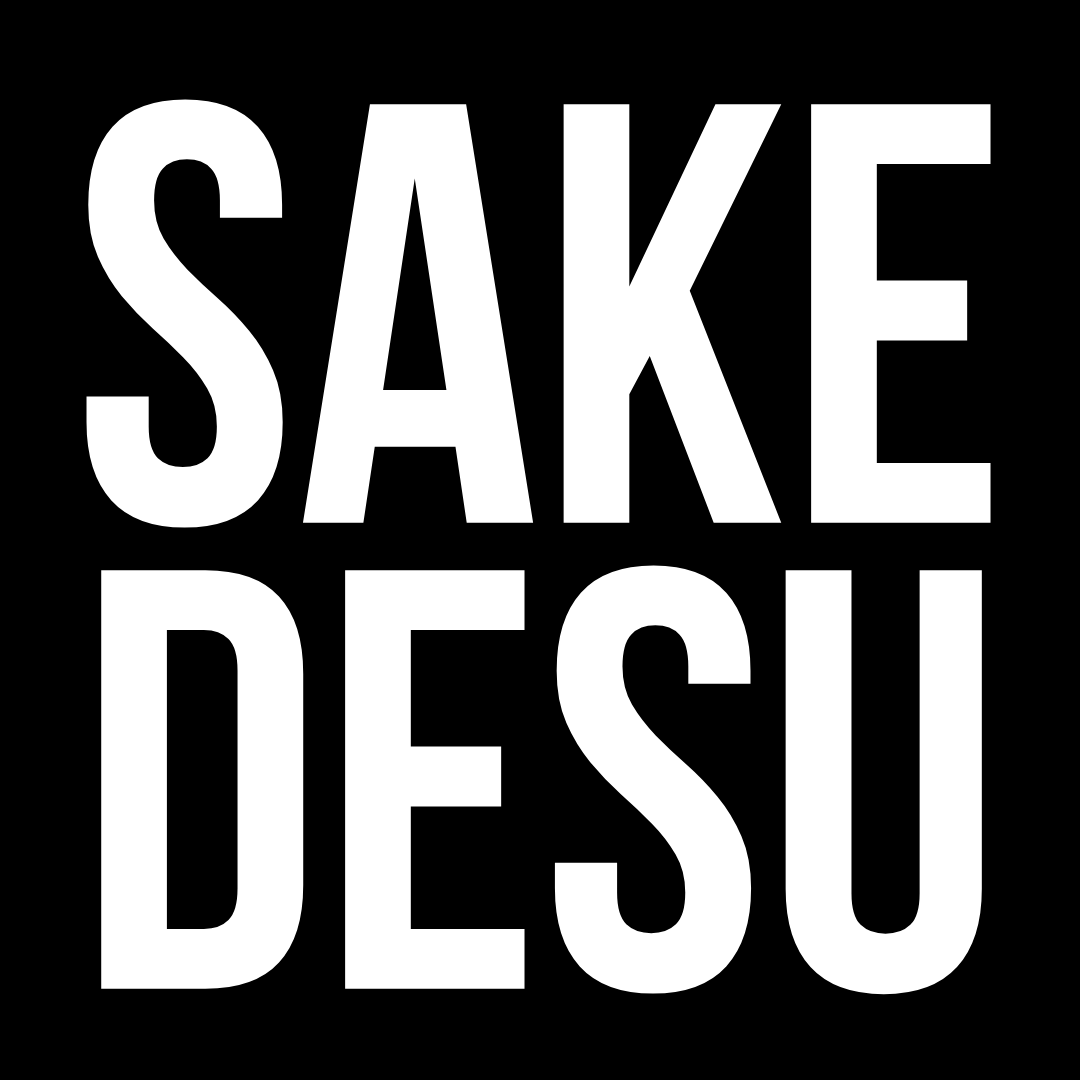Sparkling Sake: A Refreshing Guide to Japan’s Bubbly Delight
Sparkling sake is a fun and refreshing take on traditional Japanese sake. It has a unique mix of sweetness, acidity, and light fizz. It's known for having a low alcohol content and being versatile, so it's great for parties or just sipping on the go.
This article will explain what sparkling sake is, talk about some well-known brands, and give you advice on how to pick, serve, and enjoy this tasty drink. Let's jump right in!
What is Sparkling Sake?
Sparkling sake is a unique take on regular sake that combines light bubbles with the rich taste of rice. It was first made in Japan and is now popular all over the world because it tastes fresh and bright and has less alcohol than regular sake.
People often compare sparkling sake to wine, but it stands out because of its smooth sweetness, subtle citrus notes, and many uses. Whether it's naturally carbonated or has added carbonation, this drink is most elegant when enjoyed in a champagne flute.
The Origin and History of Sparkling Sake
Japanese brewers first tried using secondary fermentation to make fine, natural bubbles in sake, which is where sparkling sake got its start. This drink was created to be a mix of traditional sake and sparkling wine, giving each sip a unique taste.
Developed using techniques for brewing Junmai Ginjo rice.
Made the old-fashioned way, with natural fermentation in the bottle to make the bubbles smaller.
has become popular all over the world for its bright, refreshing flavors and wide range of pairing options.
How is Sparkling Sake Made?
Fermenting rice and koji is the first step in making sparkling sake. Next, either secondary fermentation in the bottle or artificial carbonation is added. Naturally carbonated sparkling sake has bubbles that are smaller and tinier, which makes it smoother to drink.
Naturally carbonated sparkling sake: For refined bubbles, this is made possible by fermentation in the bottle.
Artificial carbonation: Adding CO2 to make the texture brighter and crisper.
Flavor profile: It's sweet and has light citrus and peach notes.
Usually between 5% and 12% alcohol, which is less than traditional sake.
What is the Best Sparkling Sake?
The best sparkling sake to drink depends on your personal taste and the event. Japan has a wide range of delicious sparkling sakes that are made to suit all tastes, whether you like something sweet, fruity, or crisp. There is something for everyone, from high-end Junmai Ginjo bottles to everyday sparkling sake.
Top Sparkling Sake Brands to Try
Some sparkling sake brands stand out and have become favorites of both experts and newcomers.
Mio Sparkling Sake: It is known for having a light sweetness and soft bubbles.
Masumi Sparkling: Offers umami-rich tastes with melon and pear hints.
Dassai Sparkling 45: It has a creamy texture and notes that are light and refreshing.
How to Choose the Right Sparkling Sake for You
Selecting the perfect sparkling sake depends on your flavor preferences and how you plan to enjoy it.
Sweet or Dry: Choose based on whether you prefer sweet or crisp flavors.
Occasion: Perfect for parties, drinking on its own, or with dessert.
Glassware: Use a champagne flute to make the bubbles smell even better.
Pairing: Goes well with light foods, creamy cheeses, and fruity desserts.
Final Thoughts
Sake with bubbles is a bright and refreshing drink that combines the elegance of bubbles with the delicate flavors of peach, grapes, and light hints of sweetness. This sake stands out because it is sweet, delicate, and versatile. It can be drunk on the rocks or in a champagne flute. Sparkling sake is becoming more and more popular around the world and in Japan.
It comes in a variety of styles, from naturally fermented bottles to premium Junmai Ginjo. It's great for parties, going with dessert, or just sipping on a quiet night because of its unique mix of flavors, light bubbles, and smooth texture.
Frequently asked Sparkling Sake questions
-
Sparkling sake can be sweet or dry, with delicate hints of peach, grapes, and bright bubbles.
-
Serve sparkling sake chilled in a champagne flute to enjoy its delicate bubbles and bright aroma.
-
Expect sweet notes of peach, grapes, and subtle hints of citrus, with bright bubbles enhancing the taste.
-
While sparkling sake shares bubbles with sparkling wine, it offers delicate flavors and a bright sweetness unique to Japan.
-
Yes! Sparkling sake pairs well with dessert, seafood, and light dishes, complementing sweet, bright, and delicate flavors.



